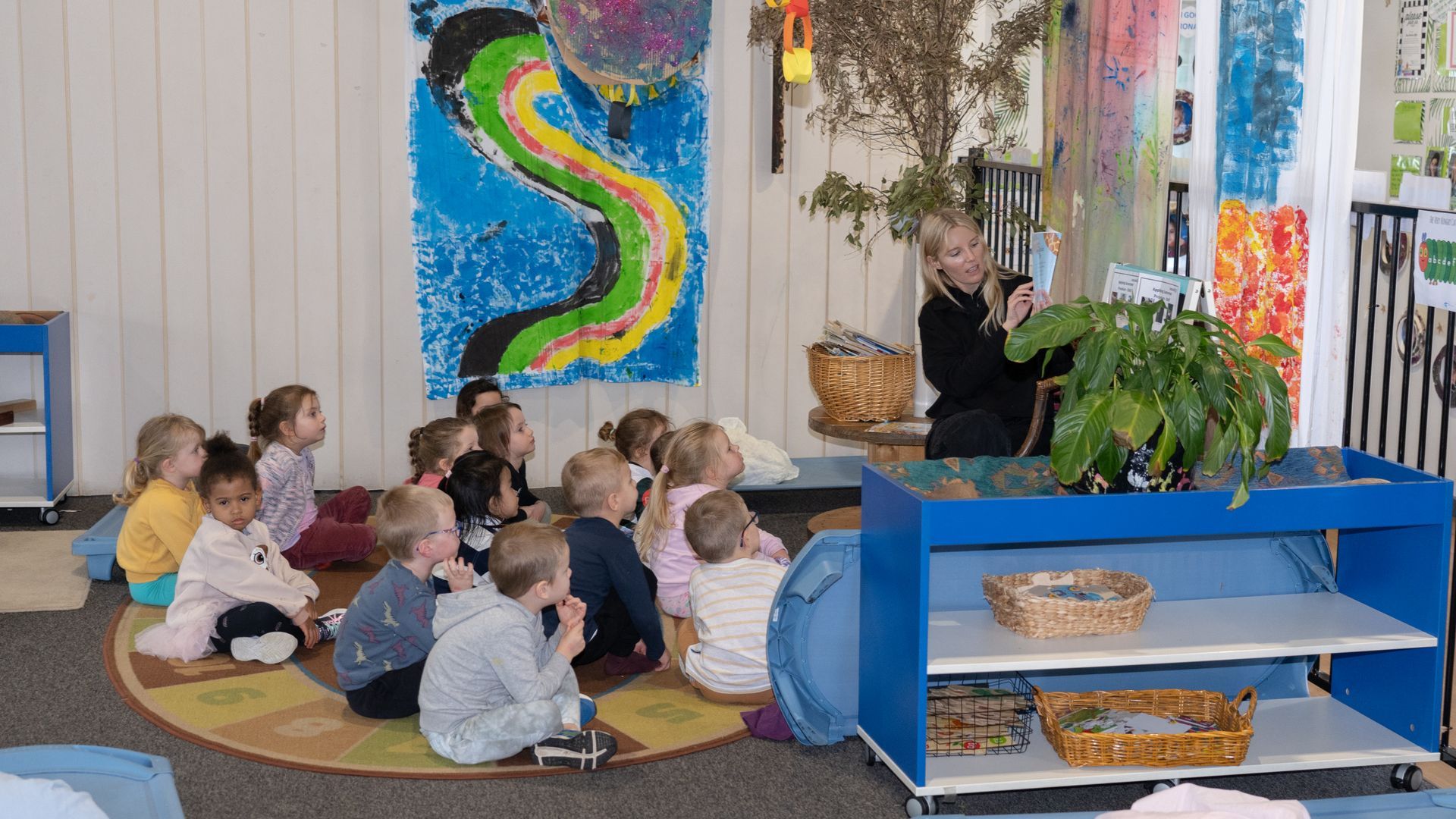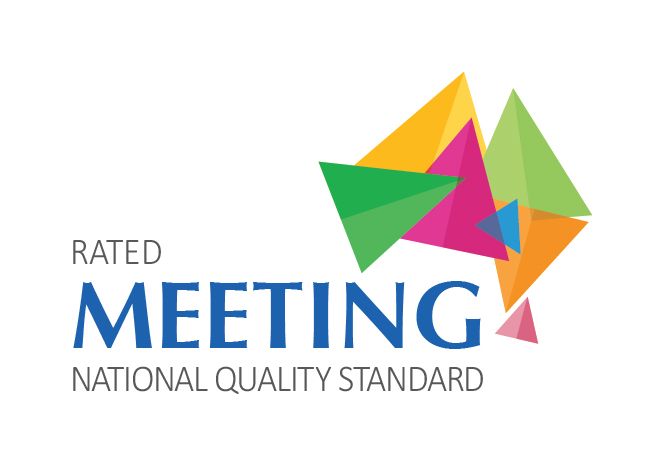Childcare subsidy simplified- Rebates in Australia explained
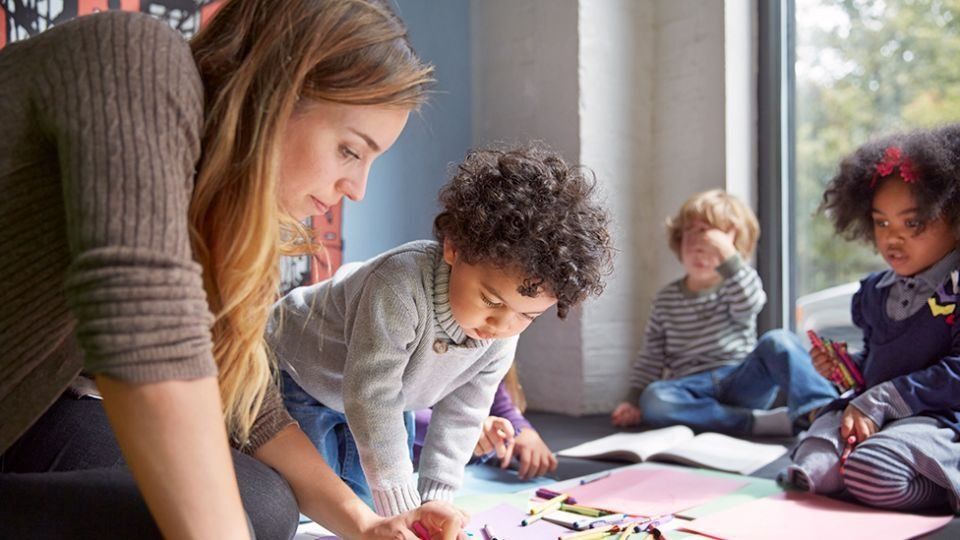
Back in July 1 2018
, the Australian government withdrew the Child Care Rebate. Families would no longer be able to claim this rebate to assist with child care fees or other charges. Instead, they would need to claim the Child Care Subsidy, which works in a slightly different way but still offers support for families who need to pay for child care.
To help ease the transition, the government continued to balance payments approved across any financial year up until 2018-19. 15% of Child Care Rebates were withheld across each financial year, and this money was either paid directly back to rebate recipients after payments were balanced or used to offset any overpayments that may have occurred.
Now, families in Australia benefit from the Child Care Subsidy. This benefit sees the government subsidising the childcare costs of families who may find themselves in need. The idea is to give parents the opportunity to continue with careers and endeavours alongside their duties to their children.
The Child Care Subsidy is influenced by three major factors. These are:
- Household income
- The type of child care being subsidised
- The activity level of the applicant
Household income The more income a household receives, the less eligible they become for the Child Care Subsidy:
- A household with an
- income of $353,680 or above
- will not be eligible for Child Care Subsidy.
- Households with income between $343, 680 and $353,680 are eligible to receive 20% subsidy.
- Households with income between $253,680 and $343,680 are eligible to receive between 20% and 50% subsidy, on a sliding scale with subsidy decreasing by 1% for every additional $3,000 of income.
- Households with income between $174,390 and $253,680 are eligible to receive 50% subsidy.
- Households with income between $69,390 and $174,390 are eligible to receive between 50% and 85%, on a sliding scale with subsidy decreasing by 1% for every additional $3,000 of income.
- Households with income between $0 and $69,390 are eligible for the maximum subsidy level of 85%.
Type of child care The type of child care being subsidized also influences the amount of subsidy received:
- Centre-based day care subsidies are capped at an hourly rate of $12.20 per below school-aged child (school-aged children are capped at an hourly rate of $11.30 per child).
- Family day care is capped at an hourly rate of $11.30 per child.
- Outside school hours care is capped at an hourly rate of $10.67 per school-aged child (children below school age have their care capped at $12.20 per child).
- In-home care is capped at an hourly rate of $33.17 per family.
Activity level Your level of activity each fortnight can have an impact on the amount of subsidy received. Activities must be on the government's recognised list , including paid work, setting up a business, looking for work, studying towards a qualification, improving work skills or volunteering.
- If you spend more than
- 48 hours per fortnight
- on one of these recognised activities, you are eligible to receive 100 hours of subisidised care.
- Activity of between 16 and 48 hours means eligibility for 72 hours of care.
- Activity of between 8 and 16 leads to eligibility for 36 hours of care.
- Activity of less than 8 hours provides eligibility for 24 hours of care (this falls to 0 hours if income rises above $69,390.
Additional subsidised care may be delivered to parents who engage only in volunteering or job search activities. Get in touch with our team to learn more about how Child Care Subsidies can help you.
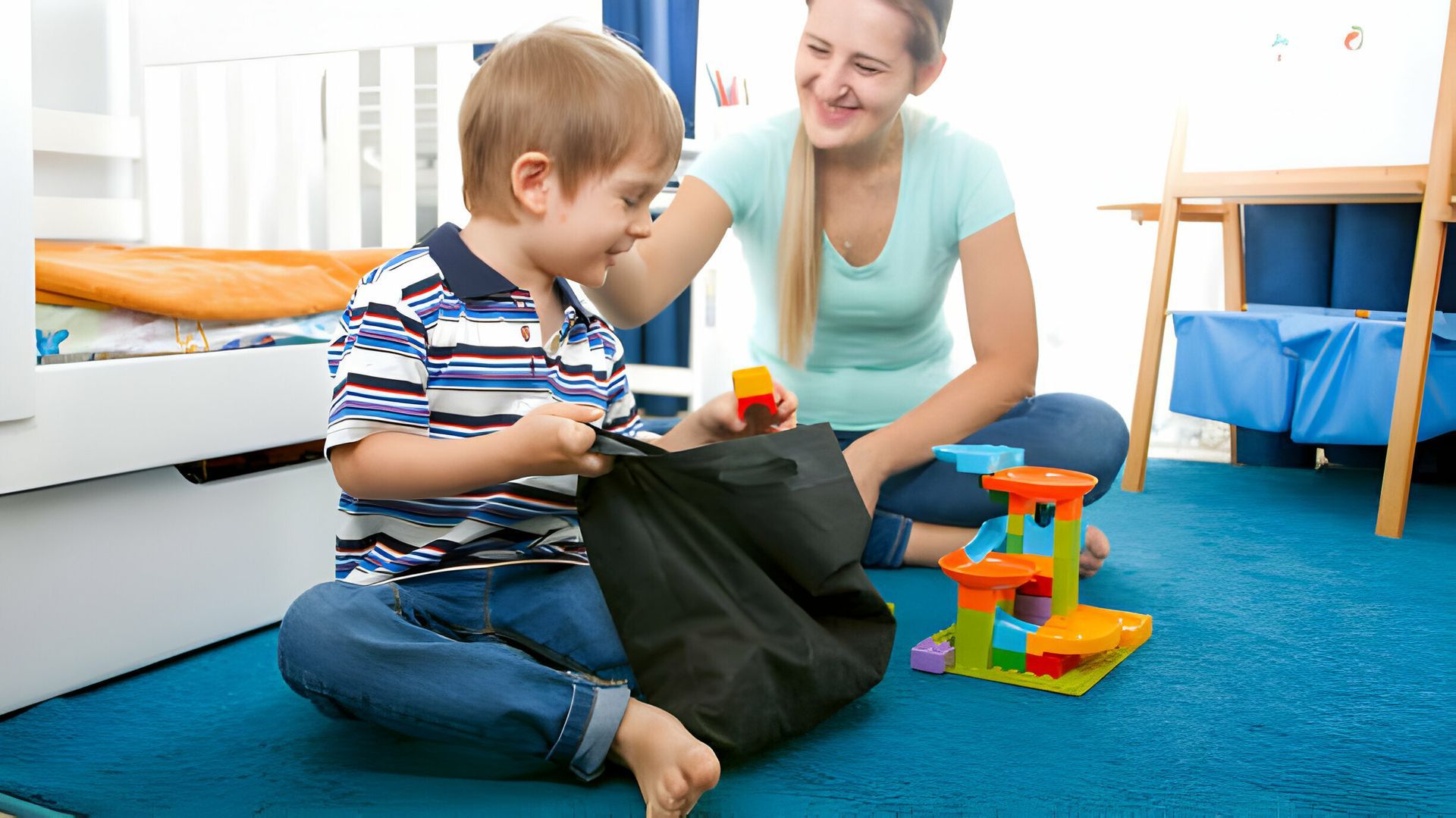
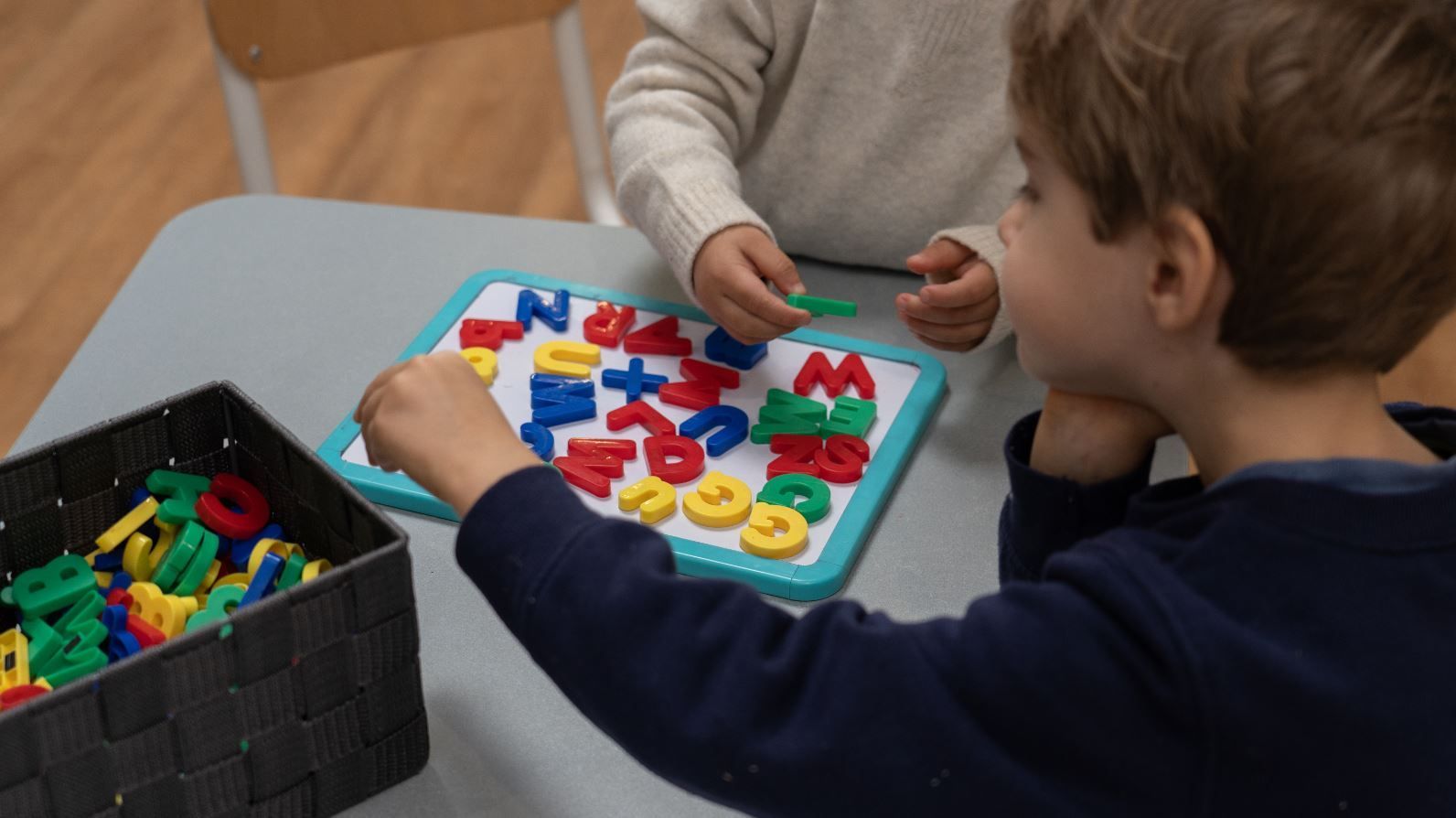



Three Great Newcastle Locations in Kotara, Hunter Street and Hamilton.
Business Hours
Hunter 6:30am - 6pm
Hamilton 6:30am - 6pm
Kotara 7am -6pm
Our Blogs



Three Great Newcastle Locations in Kotara, Hunter Street and Hamilton.
Business Hours
Hunter 6:30am - 6pm
Hamilton 6:30am - 6pm
Kotara 7am -6pm



Three Great Newcastle Locations in Kotara, Hunter Street and Hamilton.
Business Hours
Hunter 6:30am - 6pm
Hamilton 6:30am - 6pm
Kotara 7am -6pm
Contact
Kotara 02 4952 3711
Hamilton 02 4089 5415
Hunter Street 02 4961 5620
Our Blogs

